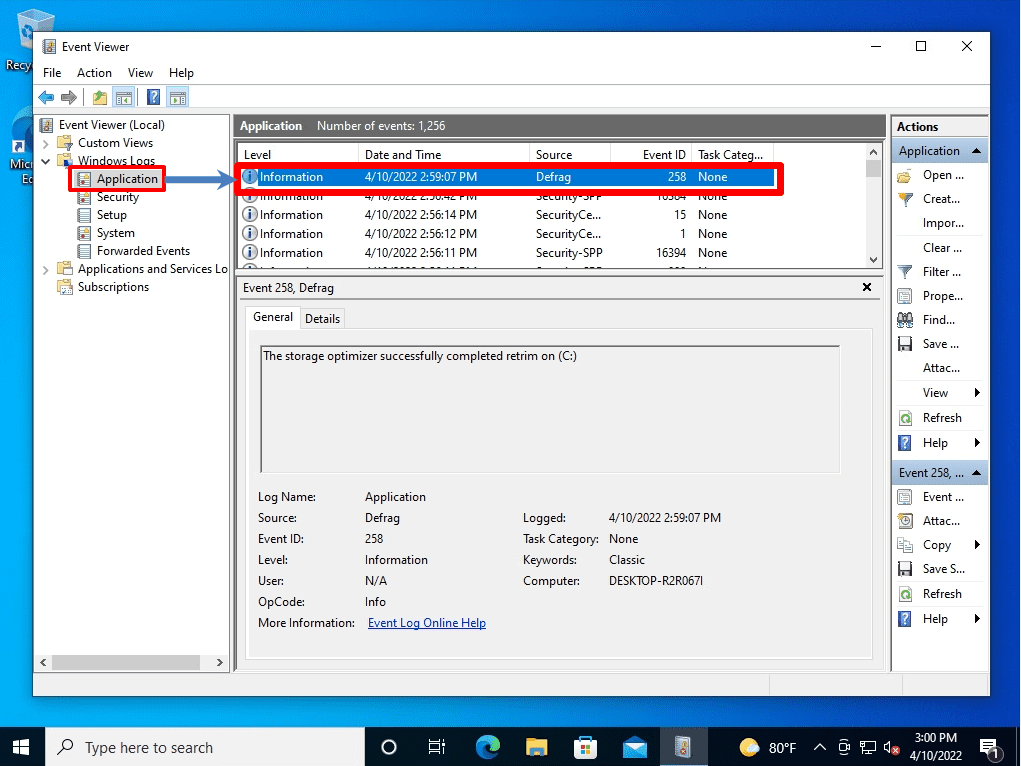Defragmentation is a function that rearranges fragmented files on a hard disk (HDD) or solid state drive (SSD) into the correct location. You can do this with the free tool “Defragment and Optimize Drives” that is available as standard in Windows 10. The execution time due to defragmentation and optimization may take some time depending on the capacity of the drive and the number of fragmented files. If you are using a laptop computer, we recommend that you run it with the AC adapter connected.
By defragmenting the discs, it may be possible to eliminate the data division state and increase the read / write speed. * Defragmentation is a function to organize scattered data. It is not a function to increase the free disk space.
In this article, we will explain the procedure for executing “Drive Defragmentation and Optimization” using Windows 10, and how to check the log in Event Viewer, which allows you to check the defragmentation execution history.
Windows 10 PC Disk Defragmenter:How to run “Defragment and Optimize Drives”
Step 1:
Select the Windows mark at the bottom left of the desktop screen.
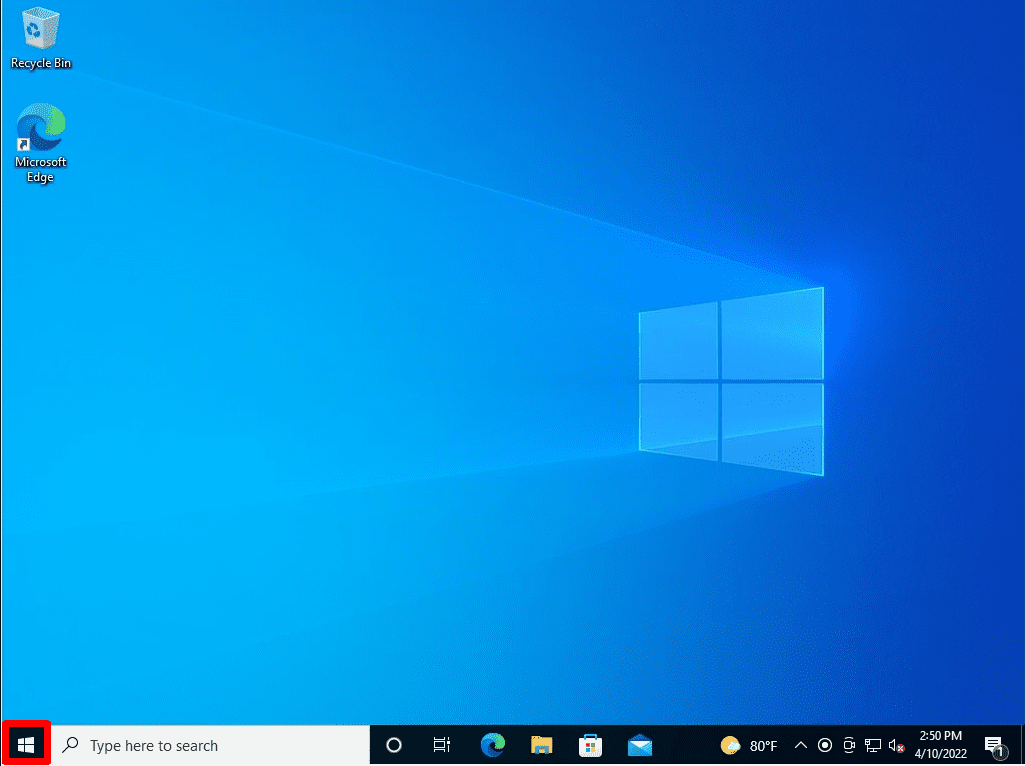
Step 2:
Select Windows Administrative Tools -> Defragment and Optimize Drives.
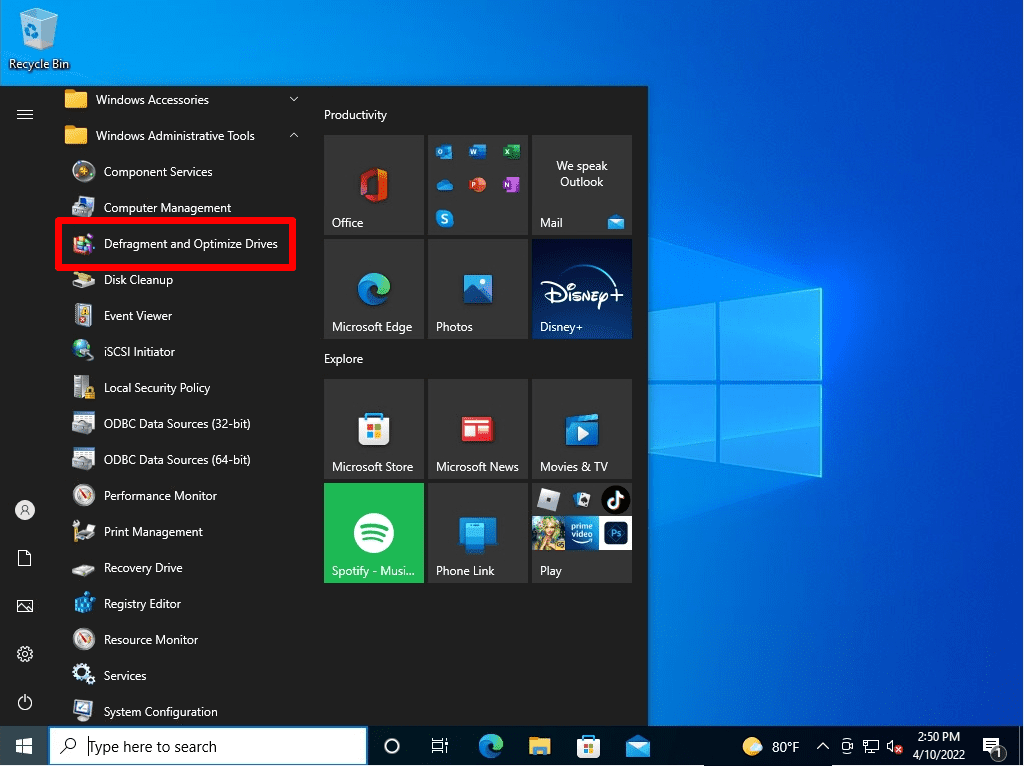
Step 3:
Optimize Drives screen:Select a drive such as C drive or D drive -> Select “Optimize”.
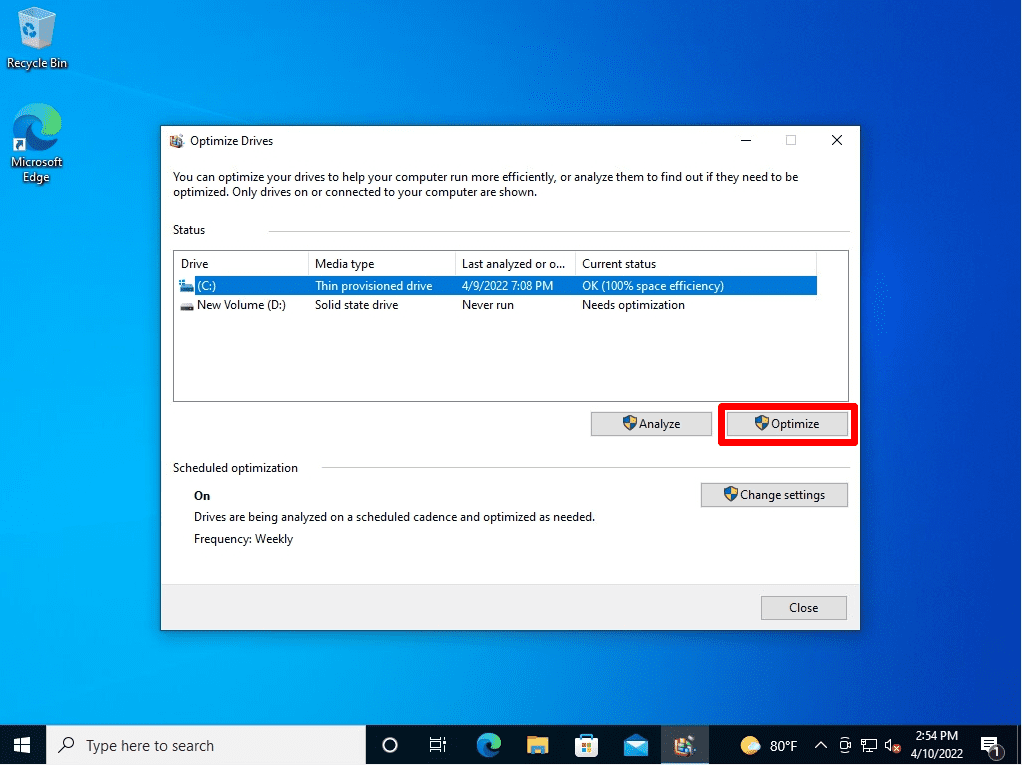
Step 4:
Defragmentation is complete if “OK” is displayed in the current state.
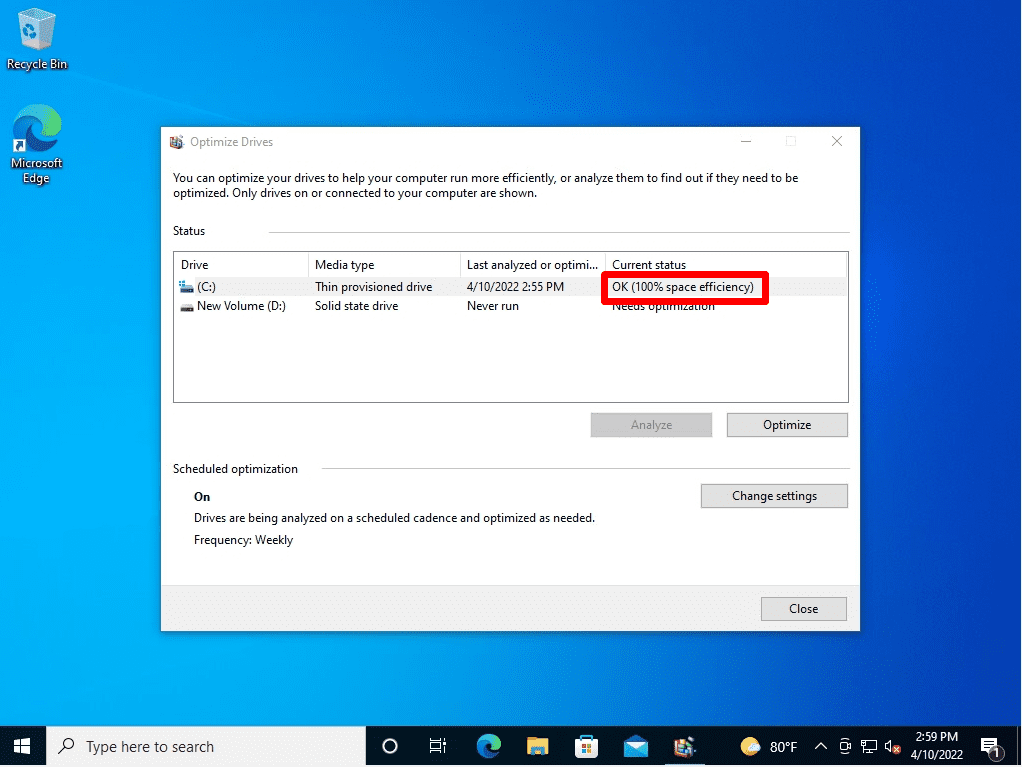
Windows10 PC Disk Defragmentation:Event Viewer Log Check
You can see the results of Defragment and Optimize Drives in the Event Viewer log. Right-click on the Windows Mark at the bottom left of your desktop –> select Event Viewer.
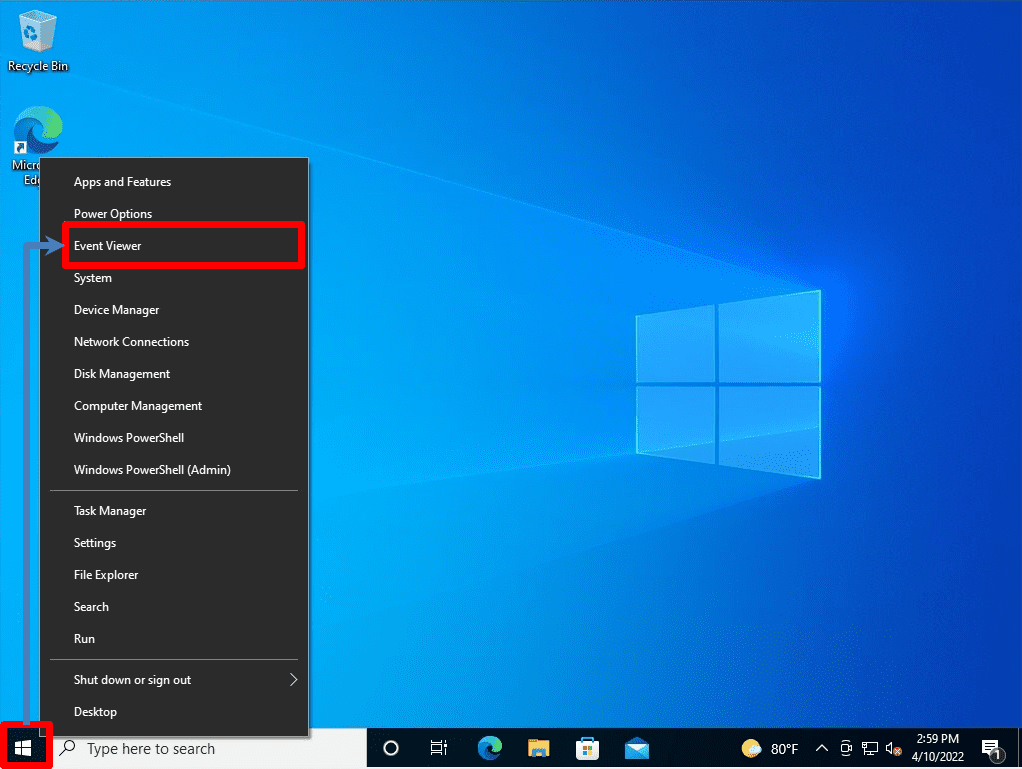
Windows Logs –> Application –> The “Defrag” log will be output to the source and the results will be displayed.
